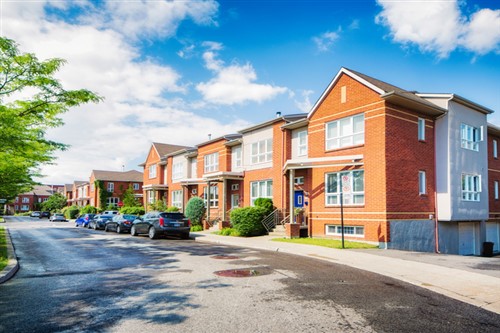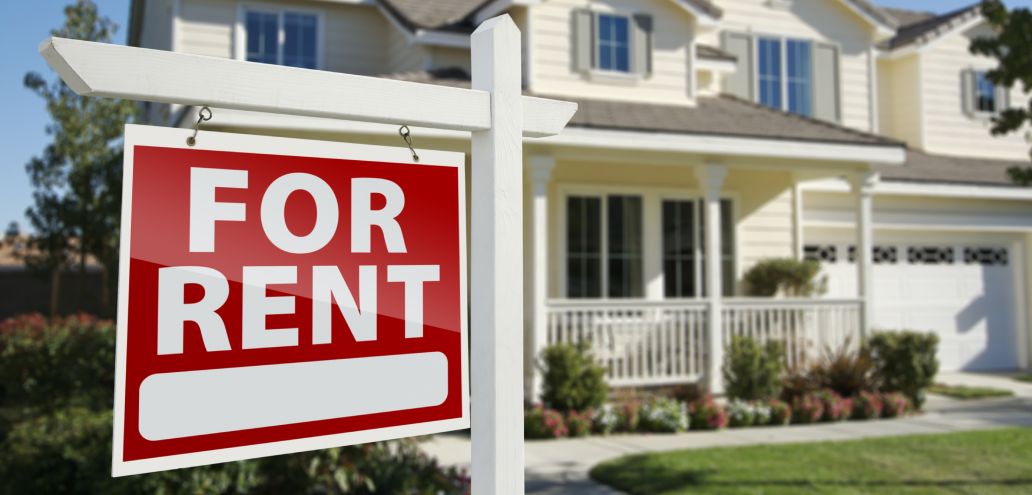Montreal homeowners have been found to miss their payments much more frequently than those in Toronto, if their delinquency rates are any indication.
This was especially apparent in smaller mortgages, according to Canada Mortgage and Housing Corporation.
As of the first quarter of 2019, Montreal mortgages valued at less than $100,000 had a 0.22% delinquency rate, representing 4.76% annual growth. To compare, the rate in Toronto for that bracket was at 0.11%, fundamentally unchanged from the same time last year.
In the $100k – $200k category, Montreal’s delinquency was at 0.32%, up by 6.67%. Meanwhile, Toronto’s incidence in this range was 0.10%, which was 9.09% lower year-over-year.
Among those who borrowed between $200,000 and $300,000 in Montreal, the rate was at 0.29%, up by 3.57%. In contrast, Toronto saw much less delinquency in this range, shrinking by 11.11% annually to end up at 0.08% delinquency.
“If [these] are older mortgages like we suspect, the holders are benefiting from falling rates. Lower payments mean a lower chance of delinquency,” Better Dwelling noted in its analysis of the data.
The prevalence of delayed payments among lower-valued mortgages in Montreal might be stemming from the recent surge in demand for condos. During the first seven months of the year, the asset class experienced a median price growth at least two times greater than that of the region’s single-family detached housing.
Royal LePage data indicated that the median price per square foot of the Greater Montreal area’s condos went up by 10.3% annually (up to $286) in that period. Single-detached homes saw 5.2% growth during the same period.
“Baby boomers looking for smaller units, millennials increasing their purchasing power, and more foreign buyers contributed to a hike in condo prices and demand in the past three years,” Royal LePage Altitude broker Maxime Tardif explained.
“Available land is limited on the island; builders and developers are making every square foot count. As a result, more high-end, spacious units are being constructed in the suburbs, particularly near transit stations.”
Ephraim is currently a journalist at Mortgage Broker News, Real Estate Professional and Canadian Real Estate Wealth.
Ephraim is a highly accomplished news reporter whose work has been published across North America and the Asia Pacific region. Before joining Key Media, Ephraim spent eight years working as a journalist with Reuters TV. His areas of expertise include real estate, mortgage, and finance.
LinkedIn | Email









